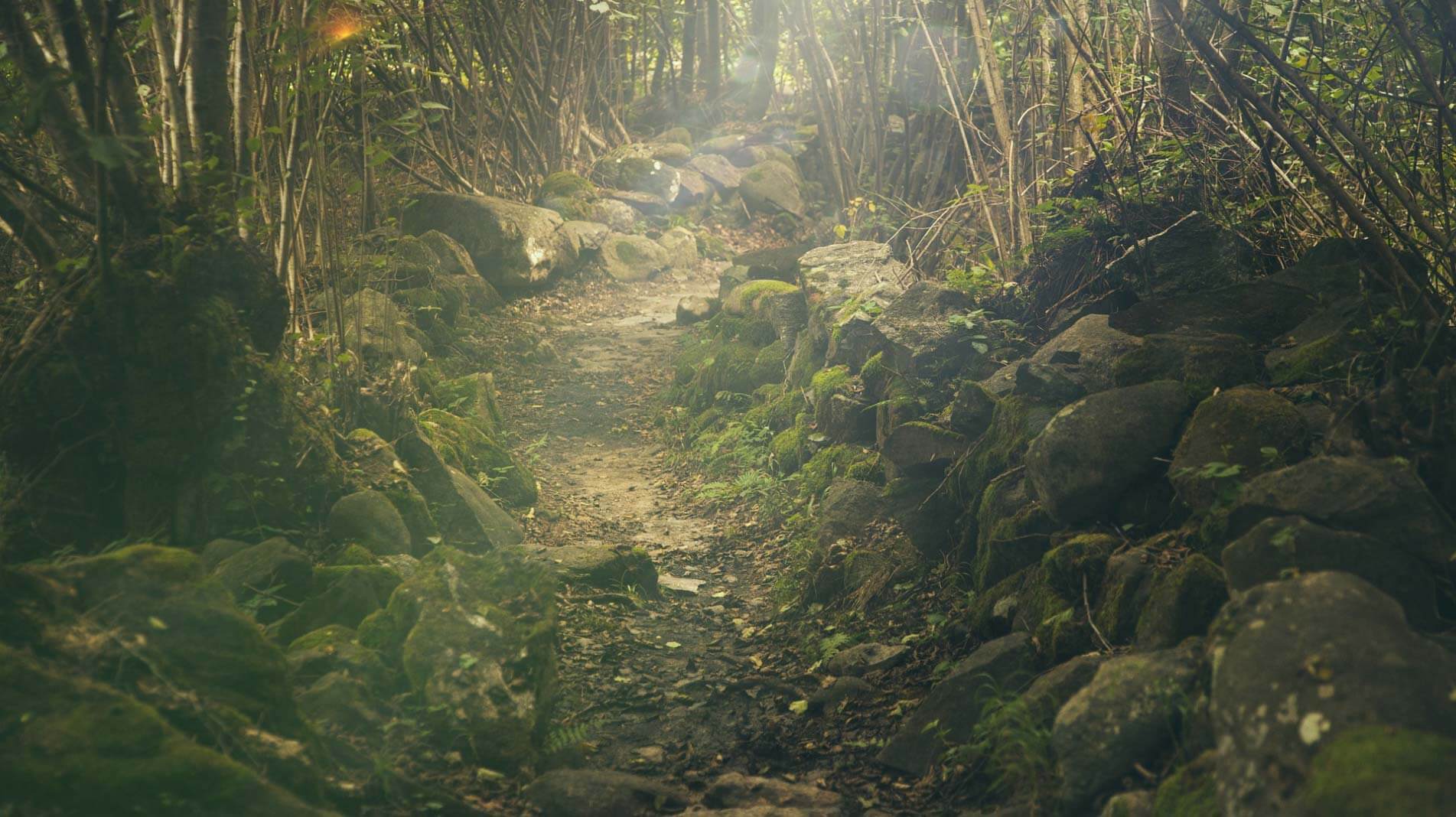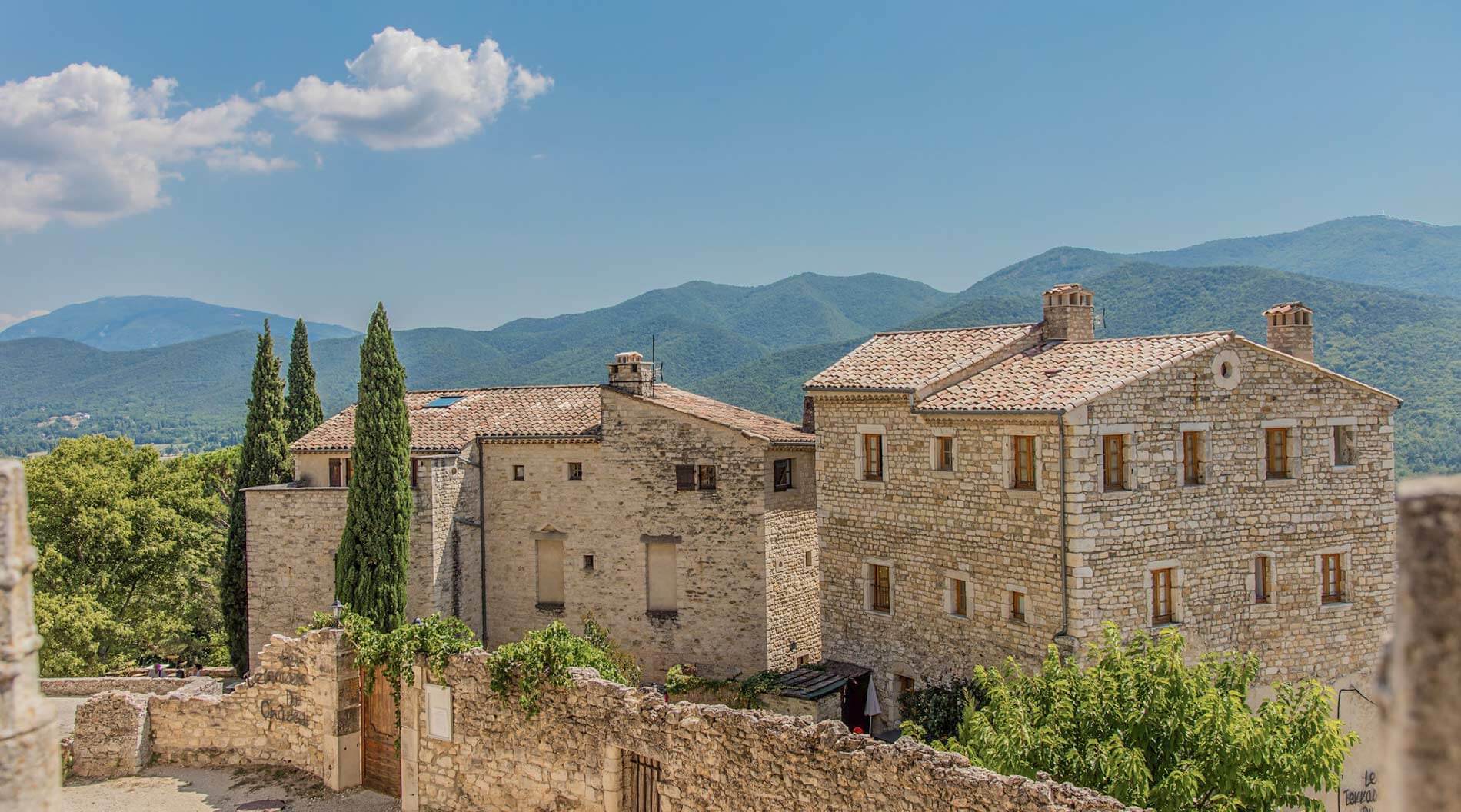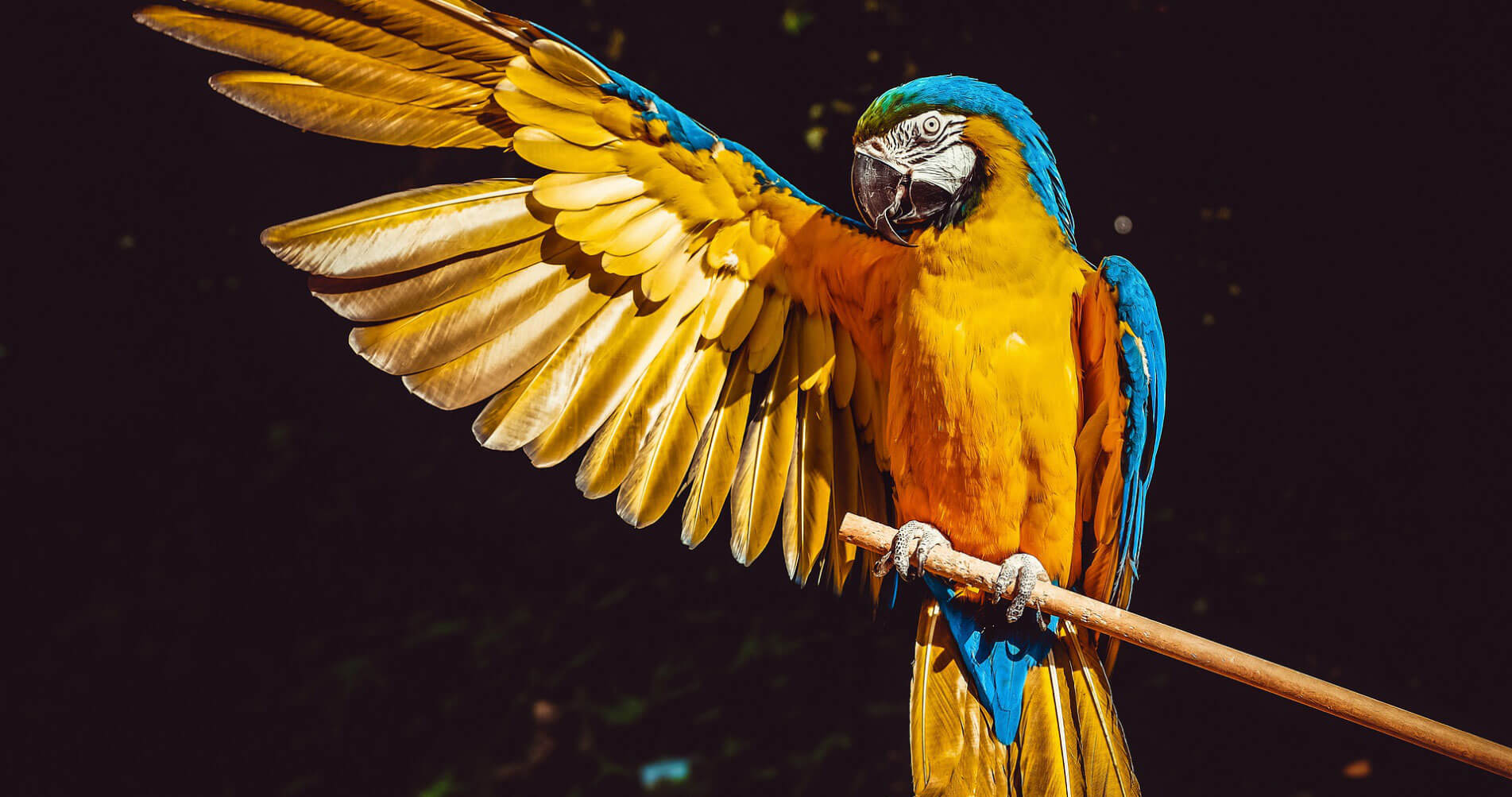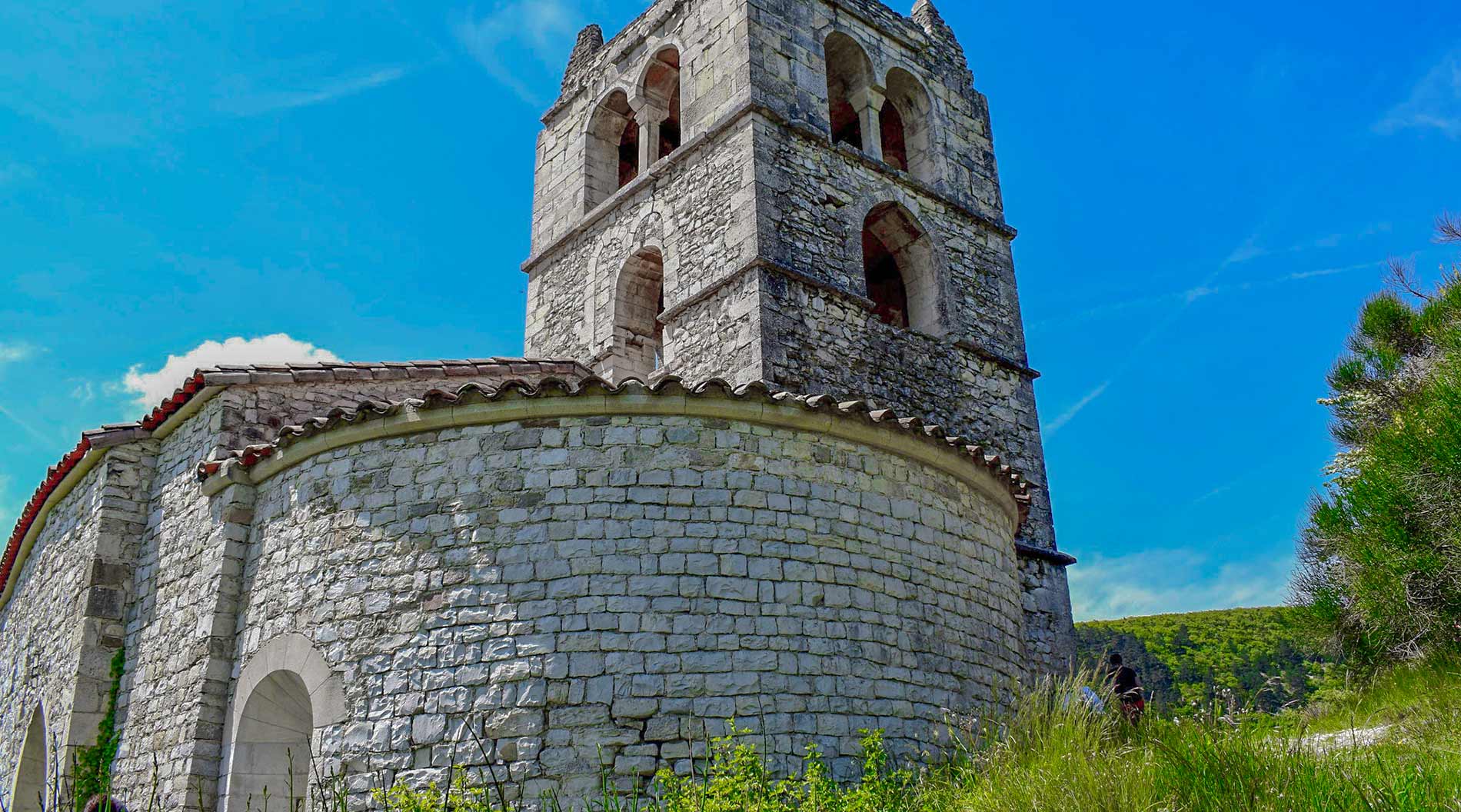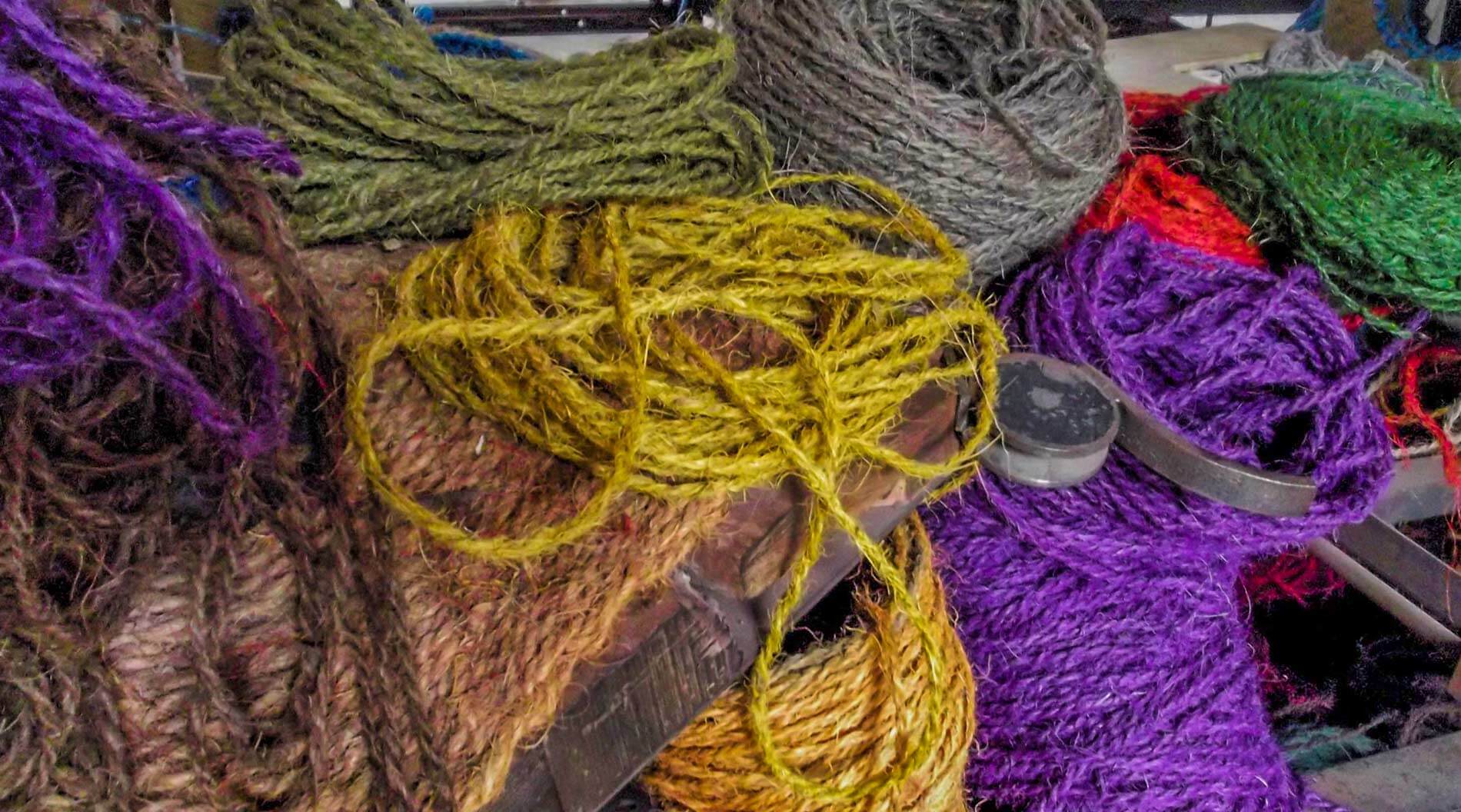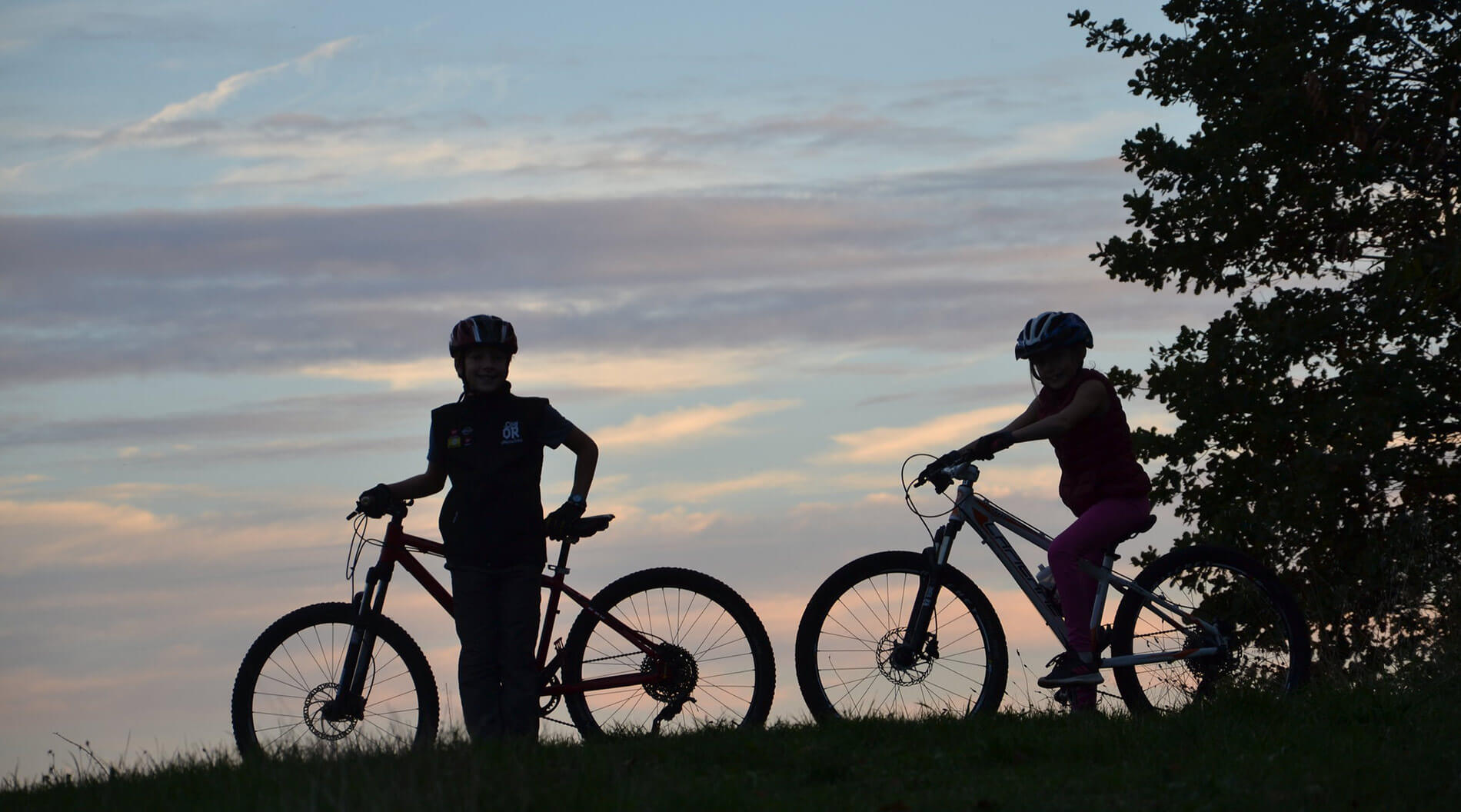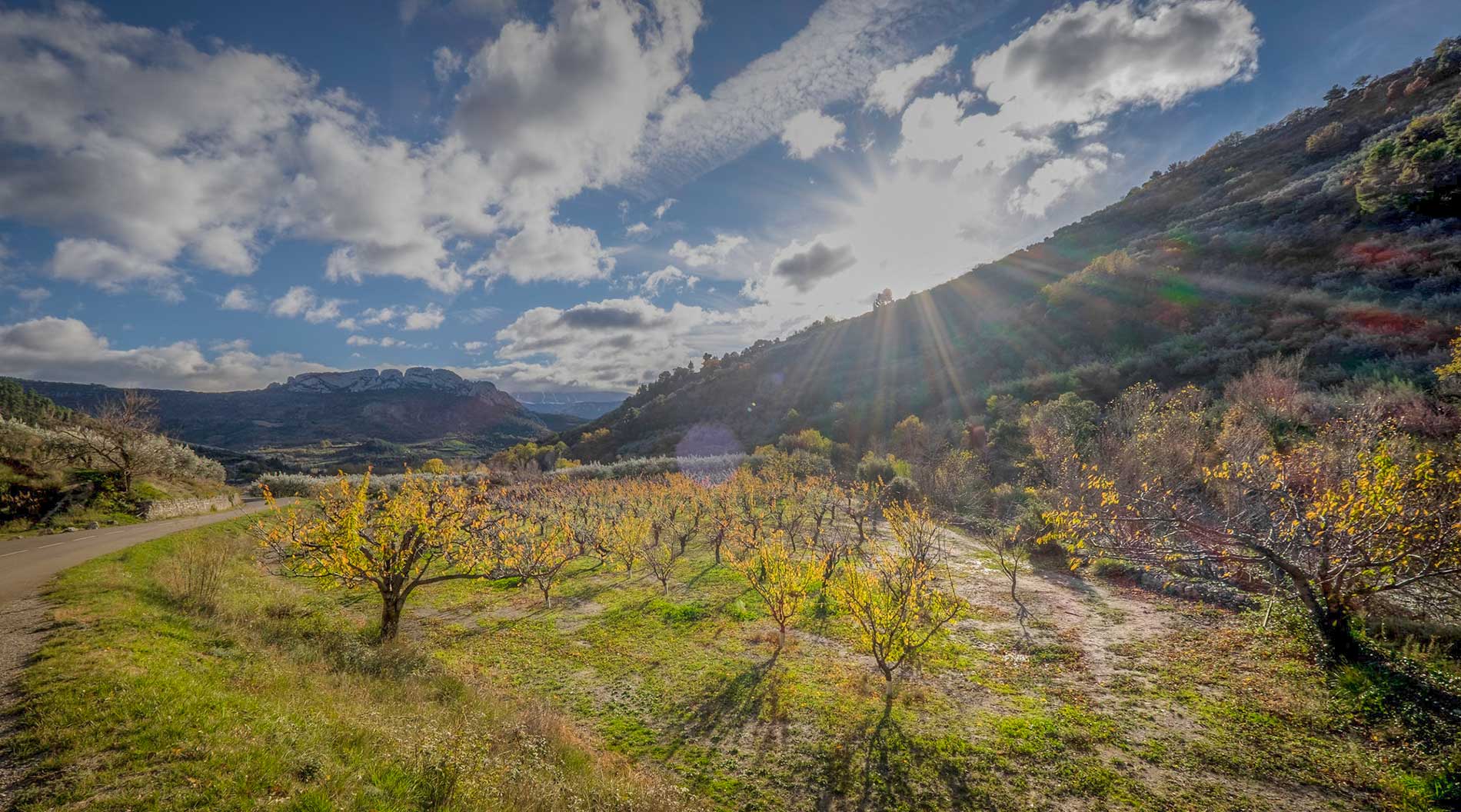Discover the Fôret de Saou
Situated just 25 kilometers from the Les Bastets campsite in France, the Fôret de Saoû awaits brave explorers committed to experiencing Drome’s beautiful forests.
Among them, Fôret de Saou stands out right away with its stunning limestone wall, 2,500 hectares of pristine forest, unique geographical features, and incredible biodiversity. Besides being a popular holiday spot, this beautiful natural site continues to remain one of the valley’s prized jewels that put it on the map. Rising from Crest (to the north) or Bourdeaux (to the south), you’ll have a view of its highest point (1,589 metres) and the sheer peaks of the Trois Becs: Roche Courbe, Signal, and Veyou.
Introduction to the Fôret de Saoû
You might be surprised to learn that a natural wonder, like the Fôret de Saoû, could have a historical “birth” and beginning — but it’s true. While the natural beauty and ecological diversity of the Drome certainly predates us humans, the forest and nearby village are still essentially land — and that means that, at one point, this land was for sale.
Indeed, the Fôret de Saoû sits on land that has changed ownership throughout history many times. But the individual who put the forest — its development and its iconic inn, the Dolphin Inn (also known as The Auberge des Dauphins) — on the map was one Maurice Burrus. Born to a family of industrialists working in tobacco, Burrus was a multi-talented and multi-faceted man.
Though he holds many credits to his name, his association to the forest continues on today. He acquired the forest in 1924 with an intention to create his own private hunting grounds, and further to that end, planted a cornucopia of diverse tree species from all over the world. But that’s not all — his redevelopment plans also saw the creation of a tourist circuit and the famous Auberge des Dauphin, which remains a wildly popular restaurant and party venue. The trails that mark the valley are ideal for hiking, mountain biking, and walking for the day.
Little did he know how his initial efforts, along with the entirely unique natural features of the forest’s land, would attract flocks of travelers, hikers, mountaineers, geologists, and families just like yours from all over the world.
A Rich and Varied Biodiversity
There’s the reason why the Fôret de Saoû is called “the arch of biodiversity.”
The characteristics of its geological formation is deeply connected to its vast collection of flora and fauna. Specifically, the massif features something called a “perched syncline,” which looks like a stone vessel. On a map, you’ll see that it marks a crest or an area that’s elevated higher than the surrounding terrain.
Through thousands of years of erosion, folding, and deformation, this unique geological morphology forms mountains that look a lot like stone fortresses surrounded by walls. If you were to look at the Fôret de Saoû from a bird’s eye view, you’d see a stunning rectilinear valley cut wide and deep, seeming to be “perched” on a raised platform. With an elevation higher than that of the surrounding land, it’s no wonder that the forest supports a very rich ecosystem and varied climates. At points, the Fôret de Saoû is cool and humid during the day, while other areas are more sunny and dry. Somehow, there is a cohabitation of species that aren’t really found in nature elsewhere — such as lavender and gentian.
Furthermore, the forest’s area is home to nine distinct “areas” of biospheres, including the hay meadows, the mixed oak forest (southern slopes), the beech-fir forest, the alpine lawns, the large combe, the cultivated Auberge park, the dry beech forest (located in the south), the ridges, and the riparian wetlands. Yes, this massif features wetlands. And, as you can imagine, the species each of these biospheres support are vastly different, which you can experience for yourself while hiking during the day.
With such a delicate balance between all areas, the beautiful Fôret de Saoû is recognized as the largest Sensitive Natural Area (ENS designation) in the Drôme department.

The Dolphin Inn
Your vacation in the Drome is not only about celebrating the abundance of beautiful nature. After all, Maurice Burrus built a great place that, over the decades, has undergone extensive development, restoration, and rejuvenation. And since it’s a place that acts as a gateway to the Foret de Saou, its engaging activities, and its beautiful view of the Trois Becs, it’s the perfect place to start your initiation into the valley.
When Burrus first took ownership of this unique valley in the Drome, he established a house or a hostel that was to be the centrepiece of his green tourism initiative. Burrus worked with famed architect bto imagine, design, and build a great site house inspired by the architecture of the Grand Trianon of Versailles and its neo-classic aesthetic. Initially, its grand style, complete with resplendent balustrades, entrance porticos and Doric order columns, and semicircular bays made it the heart and soul of Venetian festivals, holiday parties, brass bands, and other beautiful celebrations. Indeed, its operations in 1930s became a home for many families who wanted a site to enjoy creature comforts even while in the heart of nature.
Over time, the great house of Auberge des Dauphins fell into disrepair. The incoming Second World War put a stop to many of the holidays and celebrations that once took place in the area. The valley itself went unvisited and there weren’t many hotels around to begin with. It wasn’t until 2003, when the Department of Drome finally acquired the Foret de Saou, that the question of this area rose up again: what would be done with this spot, once home to beautiful (and often free!) festivities? Well, if you visit France on vacation, you’ll find out.
The Department of Drome decided that the Auberge would be restyled into a site house that acted as a “gateway” to Foret de Saou. Since it’s nearby the forest, it allows visitors to review the history, story, development, and unique natural ecological beginnings of the massif.These days, the old building has been classified as a Historic Monument that remains preserved within the larger site house structure designed by Philippe Madec.
If you’re visiting the Drome department on holiday, you’ll be pleased to know that your foray into the forest begins with the Auberge. It hosts a permanent (and free) exhibition featuring the “secrets” of the forest and is open from April to October. Hiking activities and themed walks or guided tours of the Foret de Saou also begin from this spot. Besides this, the Auberge also offers a spot for you to dine and enjoy a break while on vacation: a large, golden lounge, where you can relax, unwind, and enjoy the snacks and drinks before hitting the Foret de Saou.
